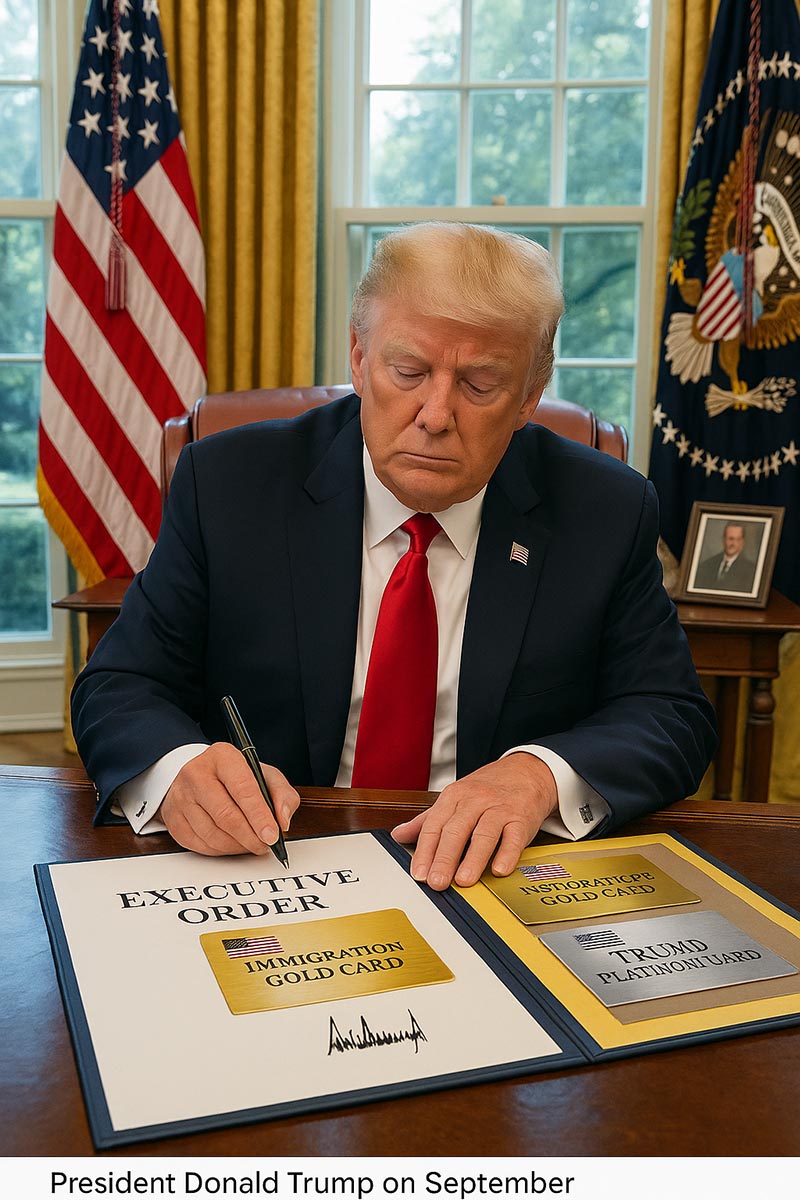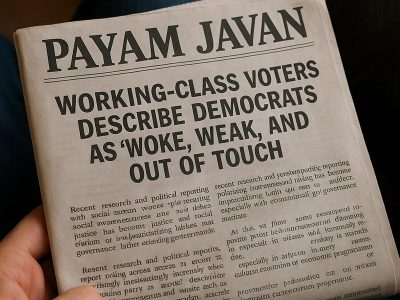Payam Javan: President Donald Trump on Sept. 19 unveiled sweeping new immigration measures, introducing an “Immigration Gold Card” program and imposing a $100,000 annual fee on H-1B visas. The executive orders, signed in the Oval Office, are designed to curb overall immigration while channeling wealthy applicants and highly skilled workers into specialized pathways. Trump said the initiative would “greatly reduce taxes” while attracting “great people into our country.”
The Gold Card program requires applicants to undergo Homeland Security vetting, pay a nonrefundable processing fee, and contribute $1 million to secure expedited permanent residency under EB-1 or EB-2 categories. Corporations can sponsor employees through a “Corporate Gold Card” for $2 million per worker, with flexibility to change candidates after review. Additional maintenance and transfer fees will apply, though details remain pending.
A higher tier, the “Trump Platinum Card,” will be offered for a $5 million donation, granting cardholders 270 days of annual U.S. visitation and tax exemption on non-U.S. income. Commerce Secretary Howard Lutnick said the government expects to raise more than $100 billion from the initiative, with plans to issue 80,000 Gold Cards. “They’re going to spend a lot of money to come in,” he noted, contrasting the program with illegal border crossings.
The orders also overhaul existing visa rules. H-1B visas will now cost $100,000 annually for up to six years, alongside stricter vetting. Labor Secretary Lori Chavez-Remer has been tasked with raising wage thresholds to protect domestic workers. Trump stressed that the directive prioritizes American labor while providing “a new pathway for people with extraordinary ability who are committed to supporting the United States.”









